
Plating and surface treatment companies typically use a variety of plating methods, such as chemical oxidation, anodizing, galvanizing, zinc-nickel alloy plating, chromium plating, copper plating, gold plating, nickel plating, and silver plating. The resulting wastewater is very messy.
Challenges in Wastewater Treatment
1. Different metal ions deal with conflicting pH conditions, which were not considered during the design. The precipitation effect of zinc and aluminum is good at PH7 to 8, and the precipitation produced by zinc and aluminum will be dissolved when the pH is increased. Nickel, copper, and phosphorus need a higher pH value.
2. Products in the surface treatment industry must go through a lot of pre-treatment before surface treatment. The degreasing powder used contains emulsifiers, and a lot of emulsifiers not only affect the COD content, but also affect the alum flowers in the sedimentation tank Flocculation and mud formation are not ideal, resulting in poor sedimentation. A large amount of suspended solids follow the upper clear water out of the sedimentation tank, and redissolve into the water when the pH is adjusted back, resulting in excessive heavy metal ions at the discharge outlet.
3. Copper and nickel ions are the most common pollution factors among all excessive heavy metals, especially copper ions, which often exceed the standard after using expensive heavy metal scavenger, because of the existence of some strong complexing agents, such as: ammonia water , Pyrophosphate, low-priced phosphate, organic acid.
4. The COD of general surface treatment plants is only about 200 to 300, which can reach the standard with a little treatment. However, some factories with chemical plating and small iron parts such as electroplated screws, because the products are protected by a large amount of oily substances, a large amount of oil pollution caused by the degreasing process before production enters the sewage station, and the COD content reaches more than 500 or Higher, the COD content of the waste mother liquor of electroless plating can reach 20,000.
HYP advocates green and environmentally friendly electroplating technology and concepts. The industrial park has set up seven types of electroplating wastewater pipe networks, which are uniformly collected in the wastewater pools of the industrial park for rough treatment, and then sent to the wastewater station for further treatment with the pipe network. self-discharge. The company has a total of six kinds of waste water, heavy metal waste water, nickel-containing waste water, comprehensive waste water, etc., equipped with 12 waste water barrels, and the workshop naturally flows to the lower six waste water collection barrels through the pipe network, and then automatically transfers the low-level waste water to the high-level counterparts through the pump body The six waste water barrels in the industrial park will be uniformly arranged by the industrial park to test the waste water in the barrels twice a day, and only within the acceptable range will it be naturally discharged into the waste water pipe network of the industrial park.
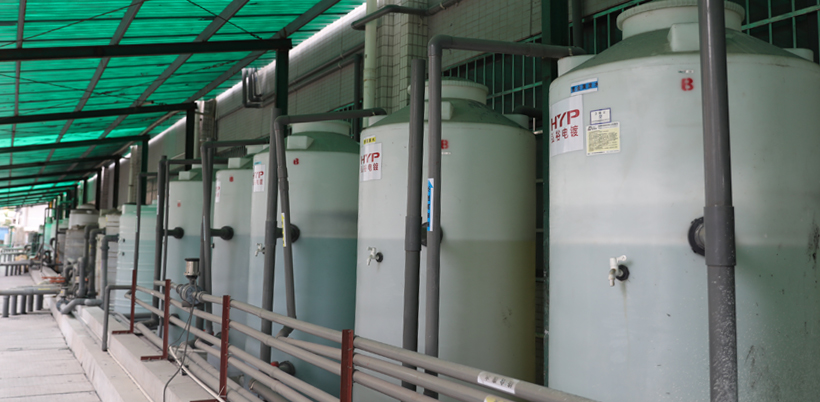
In addition, the company has installed ultra-pure water EDI equipment and set up four types of water storage tanks, which are divided into tap water, pure water, ultra-pure water and concentrated water (different from electroplating wastewater).
It is softened by tap water, filtered by sandstone, activated carbon, resin and cotton core, purified by reverse osmosis to make pure water, and then treated by EDI to become ultrapure water.
Concentrated water with relatively high impurities will appear simultaneously in the process of pure water production. We do not discharge it, but pass it through pipelines to the water storage tank on the roof. It is used as a waste gas treatment spray tower and flushing toilets to make full use of the water. resource. The concentrated water produced in the process of producing ultrapure water is recycled into tap water and put into use again.

Related news
-
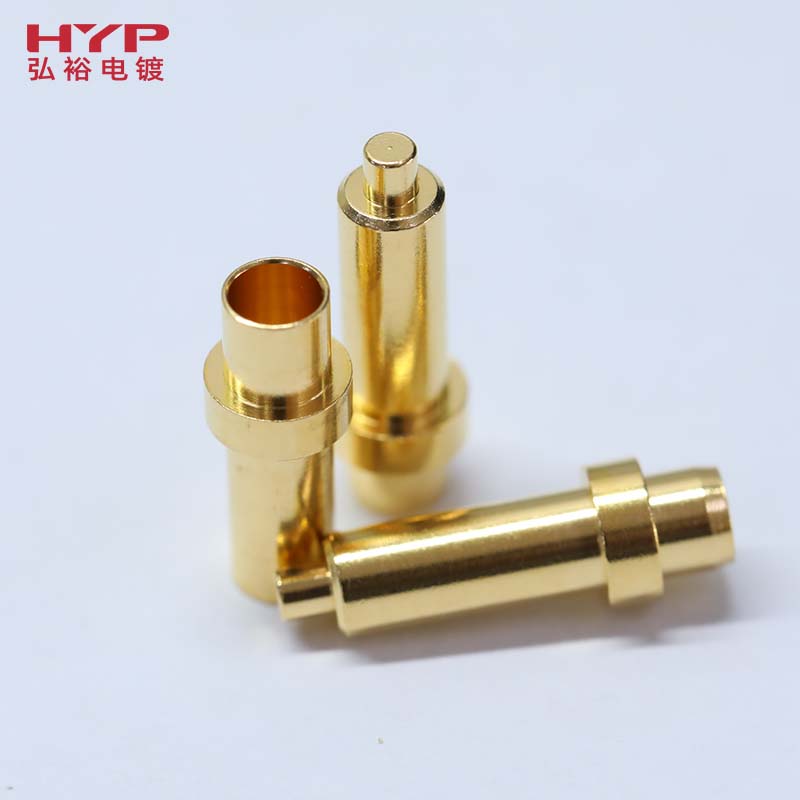
Common items and methods for precision metal plating testing
Electroplatingisacommonmetalsurfacetreatmentsolution.Electroplatingcannotonlyincreasetheappearanceoftheproduct,butalsoimprovethepe... -
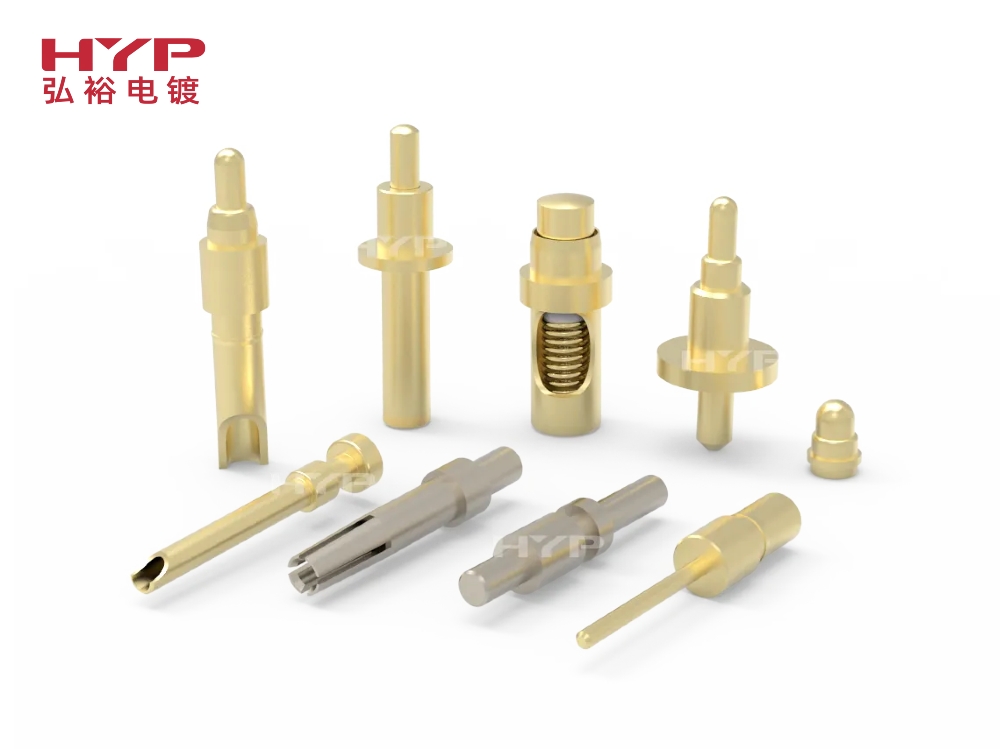
Key points of electroplating of pogo pin parts in precision electronic connector electroplating
Pogopin is a common electronic connector. Due to its size and precision, it is generally processed by roll plating. The following is the key points of electroplating from the three parts of pogopin: spring, barrel and plunger: -
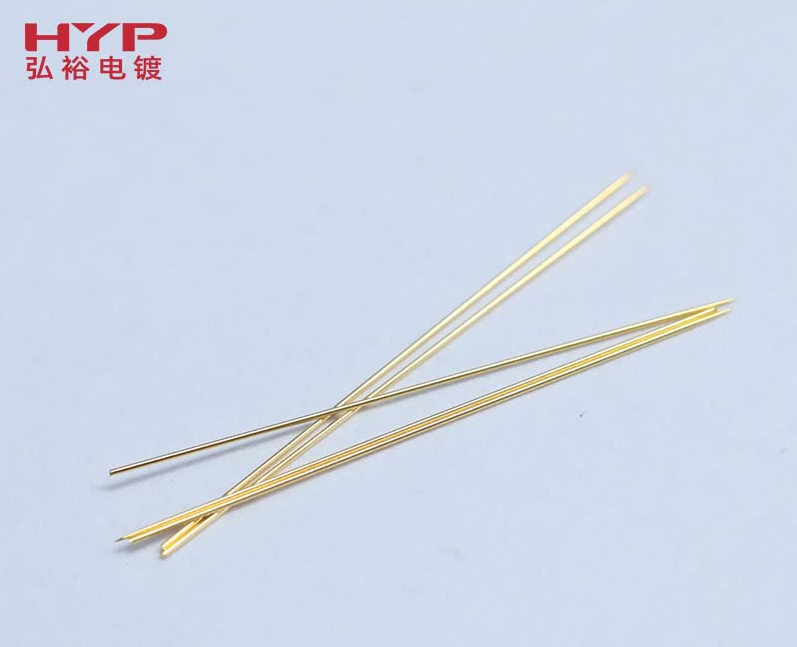
Advantages and disadvantages of common electroplating layers in medical microneedle electroplating
Due to the wide application and particularity of medical microneedles, the electroplating layer of medical microneedles plays an important role in their application. The following introduces the common electroplating layers of medical microneedle electroplating processing. -
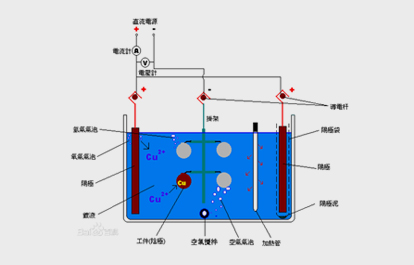
Plating Principles and Classification
Electroplating is the process of plating a thin layer of other metals or alloys on the surface of certain metals using the principle of electrolysis. It is a process of using electrolysis to attach a layer of metal film to the surface of metal or other material parts to prevent metal oxidation ( Such as rust), improve wear resistance, conductivity, reflectivity, corrosion resistance and... -
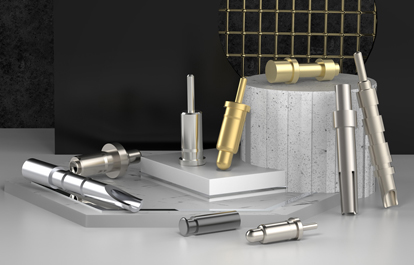
Environmental nickel free plating manufacturer - copper tin zinc plating
One in every 1 million people in the world is allergic to metals. The most common allergen metal is nickel. Once allergies occur, it can cause contact dermatitis manifestations such as redness, itching, and yellow water around the contact. These are all adverse reactions caused by the release of metal ions. Once metal allergic dermatitis occurs, the most fundamental and effective treatment The solution is to isolate the allergen.





